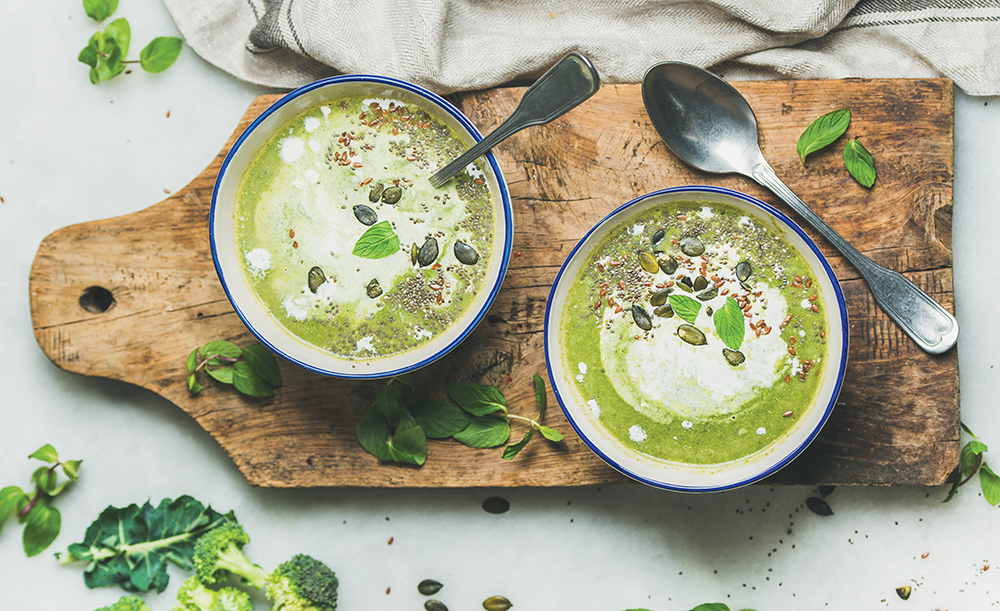It’s the ultimate feasting holiday, says Alex Rushmer
Last year, celebrated New York-based chef Dan Barber launched an unusual pop-up restaurant on the roof of Selfridges, Oxford Street.
The most unusual thing about this venture wasn’t the location, nor was it the glittering roster of chefs who guested at the two-month long residency. It was the food itself. Rather than cooking with choice cuts and premium ingredients, the dishes were created solely from waste products that Barber had sourced from all over the globe. ‘Ugly’ vegetables, pigs’ feet from cured hams, fruit and vegetable pulp from juice bars, even the water from cans of chickpeas were put to good use to create delicious, and unusual, dishes to highlight the issue of unnecessary food waste.
It was this venture that inspired my own collaboration with Tristan Welch from Parker’s Tavern in March. The restaurant industry has always been notoriously wasteful. According to the Sustainable Restaurant Association, every meal eaten out in a restaurant in the UK produces a staggering 500g of food waste through preparation, spoilage and food left on diners’ plates. A restaurant cooking for 100 people a day will easily produce an eye-watering 300kg of food waste a week.
But it also made me aware of how much we throw away in a domestic setting. According to food waste charity WRAP (Waste and Resources Action Programme), of the 7.3 million tonnes of household food waste produced each year, 4.4 million tonnes are completely avoidable. To put this into more relatable terms, every household in the UK throws out about 15% of their edible food and drink purchases, amounting to just under £500 per year.
‘Cold potatoes make an amazing quick curry or bubble and squeak’
The internet is full of useful resources to help home cooks bring down this number, save money and cut food waste but I thought I’d share a few of my own thoughts as well. Strangely, I make a concerted effort to always cook too much food and over the last few years I’ve made leftovers a consistent part of my home cooking repertoire. Batch cooking and then storing two portions at a time in the freezer is a good way to make sure there aren’t little bits of leftovers that seem irrelevant. Surplus rice and potatoes go in the fridge overnight and are often used for breakfast or lunch over the following couple of days: rice fried with a little kimchee, ginger and spring onion topped with a fried egg is amongst my favourite breakfasts. Cold potatoes make an amazing quick curry or bubble and squeak when fried with leftover cabbage or greens (here is where a well-stocked spice rack and dry stores comes in very handy).
Soups and stir fries are another brilliant way to use up small quantities of vegetables growing increasingly sad in the fridge drawers, as are chutneys: fruit that is past its best can be frozen and then, when you’ve amassed enough, cooked with onions, sugar, vinegar and a tin of tomatoes to make a great homemade preserve.
Finally, meal planning and list writing when you go shopping will help limit the number of impulse purchases you make and ensure you only buy what you need. Hopefully, by the end of the year, the bin will be a bit lighter and the bank account a little heavier.

